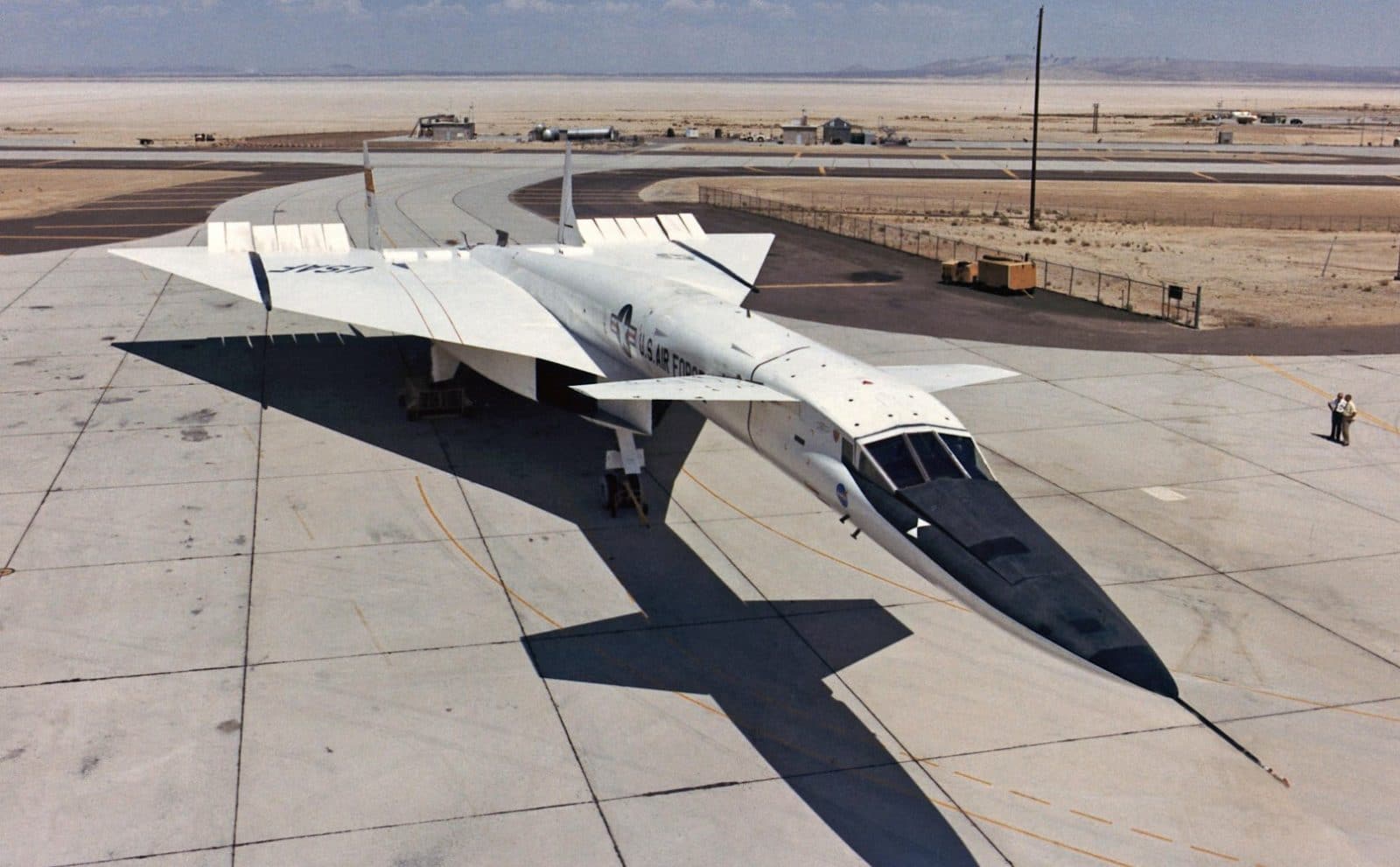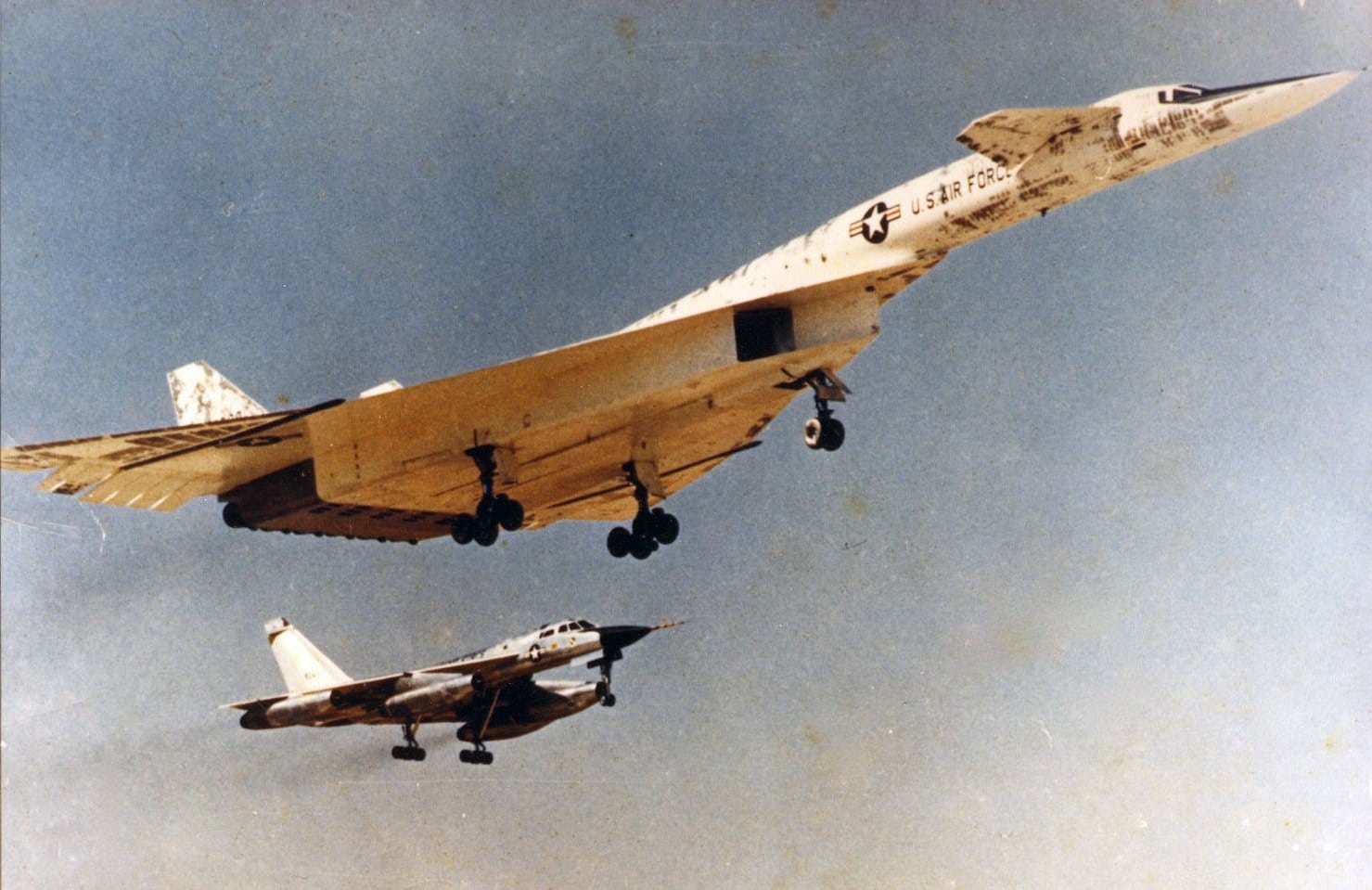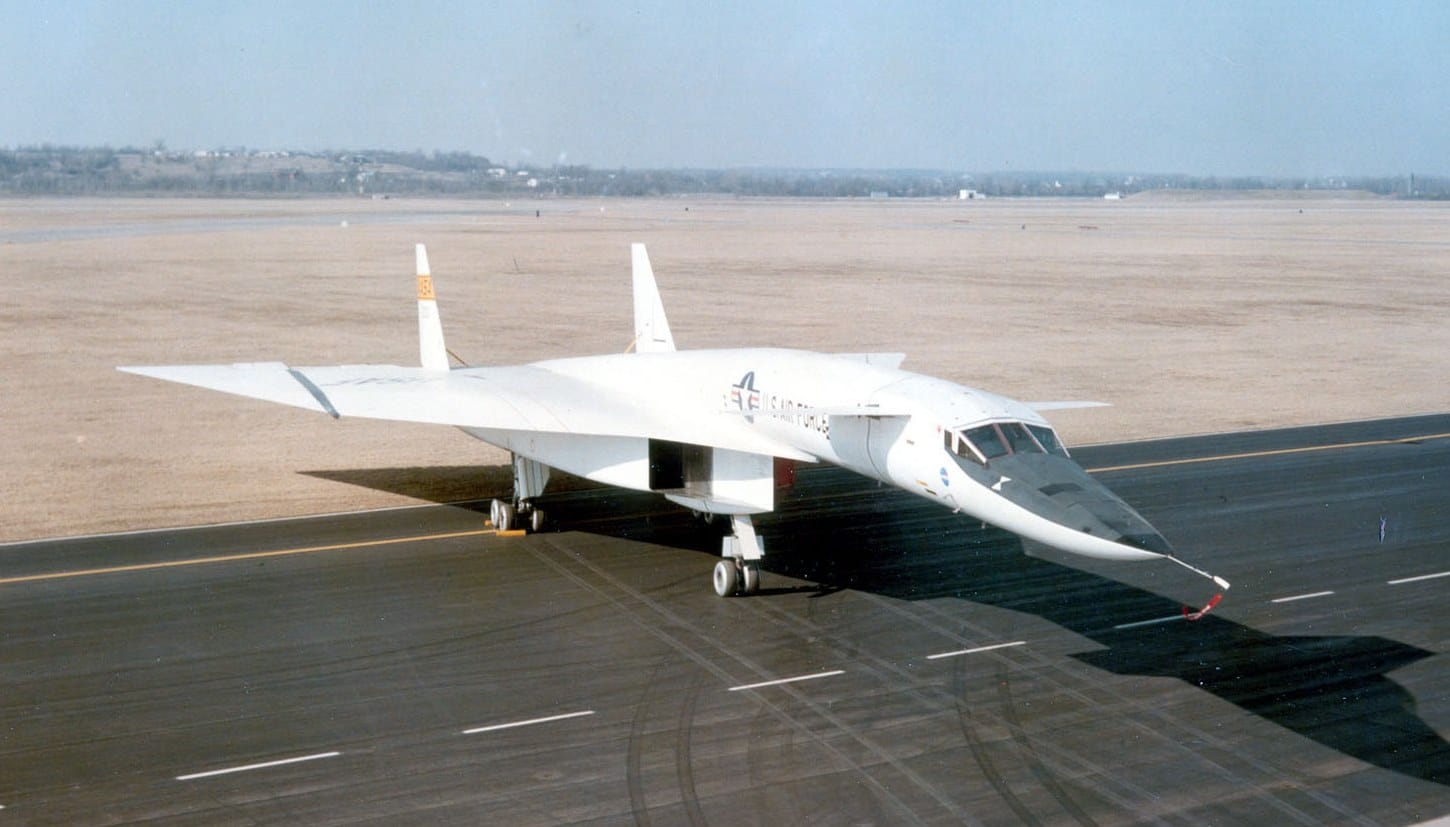The Mach 3+ Valkyrie Was One of Those Programs That Outran Available Technology
The ability to travel Mach 3 is a difficult feat. At those speeds, the aircraft must disperse the heat that builds up on the skin. Aircraft at that speed also have to deal with shifting CG at supersonic speeds, along with stability and compressibility challenges. With all those challenges in mind, it’s even more amazing that large air breathing bombers, like the XB-70, as well as reconnaissance and transport jets flew supersonic in the 1960s.

Uniquely Powerful Engines for a Unique Aircraft
Powered by 6 General Electric YJ-93-3 afterburning turbojet engines putting out a combined 119.000 pounds of thrust (172,000 horses in afterburner), the XB-70 Valkyrie was a beast. The bomber flew higher than 60,000 thousand feet regularly and with the ability to maintain greater than Mach 2.5 throughout the whole duration of the flight. The aircraft was expected to be one the most lethal assets since the enemy could not fly either as fast or as high. At Mach 2.5+, it would be very difficult to shoot down such a speedy jet.

Another North American Aviation Creation
Designed for the United States Air Force(USAF) by North American Aviation, the XB-70 was designed to be the next generation bomber. Made of mostly stainless steel and boasting a unique delta wing and canard surface design, the aircraft was both advanced and a potential game changer during the Cold War.

Bad Luck and Trouble
Unfortunately, the XB-70 never reached its full potential. The jet faced a number of teething problems. One was its sheer size. The jet was also very complex with challenging fuel and flight control systems. Those problems reached a crescendo when one test vehicle was lost to bad luck during a mid-air collision with an F-104 Starfighter chase plane that occurred during a photo flight. With high operating costs and a limited mission, the project was abandoned in 1969. America would not have another supersonic bomber until the B-1 program was revived in the early 1980s. There is currently one XB-70 on display at the National Museum of the United States Air Force.

This video report about the XB-70 test program was uploaded to YouTube by PeriscopeFilm. Enjoy.
[youtube id=”qzAWfFJqaQc” width=”800″ height=”454″ position=”left”]

It didn’t collide with a T38, the collision was with an F104.
Fact checking is just a click on Google or Wikipedia away!
https://en.wikipedia.org/wiki/North_American_XB-70_Valkyrie#Mid-air_collision
Hal Augustine
The article fails to note that it was a public relations photo op featuring General Electric engines on each type of aircraft.